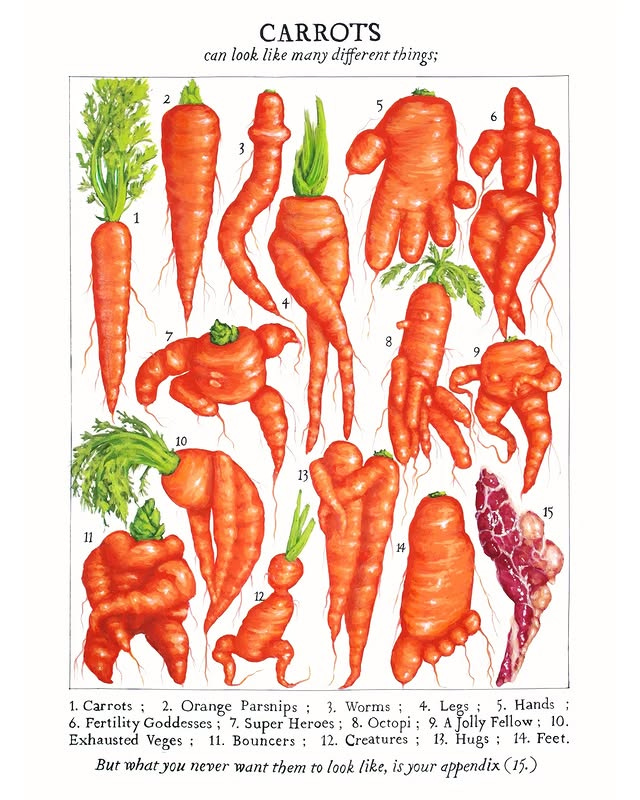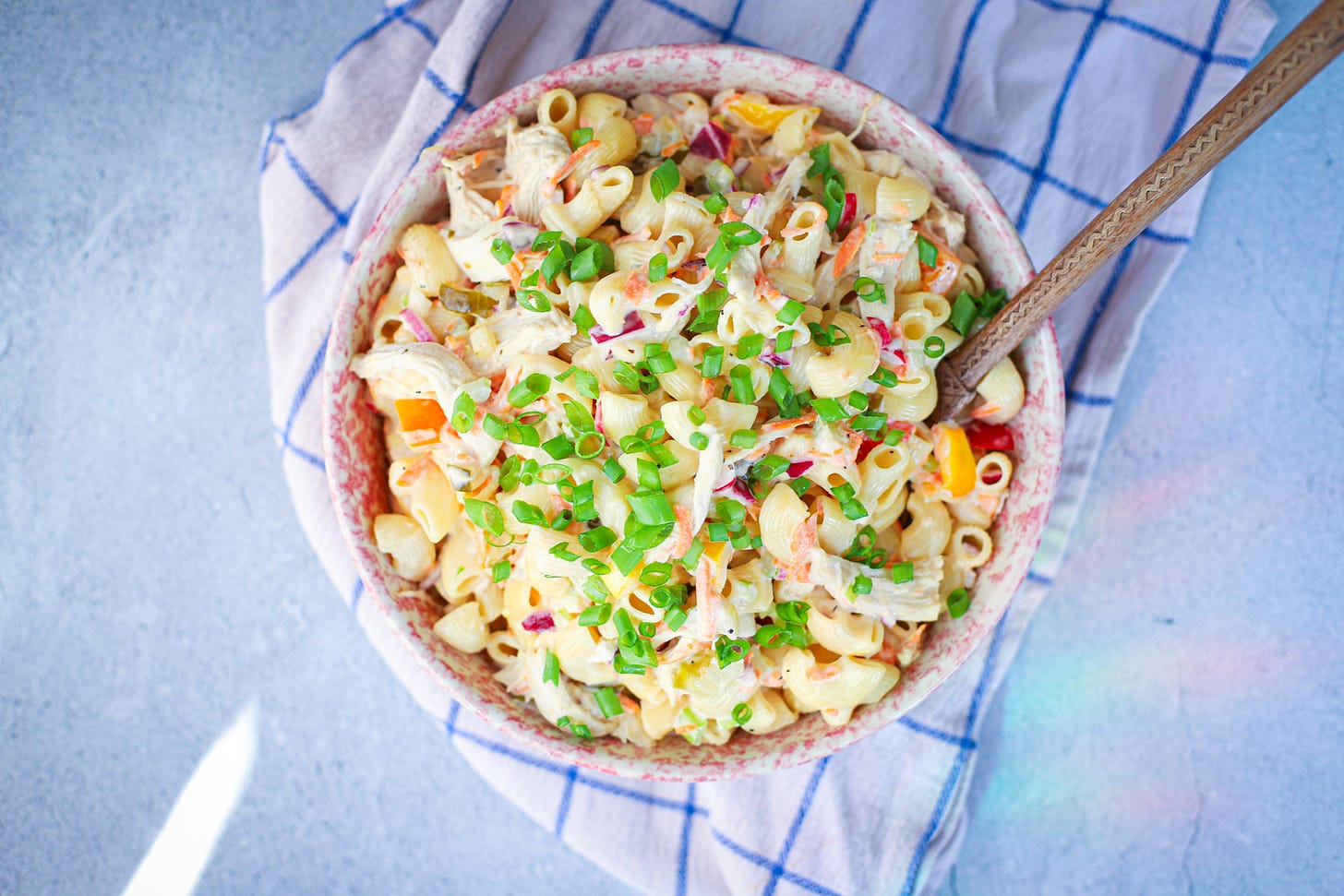“It is horrifying that we have to fight our own government to save the environment.” ― Ansel Adams
I think one of the hardest things for new gardeners is dealing with uncertainty when it comes to weather. There you are, armed with your last frost date, your planting schedule, your garden layout, and your plants, but nothing in nature is ever set in stone. Rather, with experience you learn to garden more on “vibes” as the kids might say. I’ve written before about phenology, which is a branch of science that studies the relationships between periodic biological events—usually the life cycles of plants and animals—and environmental changes.
So while technically I have used May 20 as our last frost date here in Massachusetts, this year that just felt…off. Using a host of signs —the 7 day forecast, what plants were blooming in the garden, the speed at which plants already in the ground were maturing, how much rain we’d gotten, and average nighttime temperatures in our microclimate, I took a “wait and see” approach this year. All of that data swirled around in my brain, giving me the spidey sense to hold back on planting tomatoes and peppers until at least 2.5 weeks past when they’d normally be in the ground.
And after discussing this with tons of folks via Instagram DM, a lot of us have been in the same boat this year. Some gardeners over in the UK are dealing with unusual heat waves, while US gardeners have dealt with an uncharacteristically cold June, only to be catapulted from low 50s to 100ºF in the span of a few days.
Think of how much of a shock that is for our own bodies, then realize that plants don’t have the luxury of moving to an air conditioned house and sipping on ice water. I’m not trying to anthropomorphize my garden, but when the plants look so sad and wilted during a heat wave it makes me sad and also a little despondent. Not just for them (they’ll bounce back and be fine because plants wilt during the hottest part of the day…just look at your zucchini leaves during a heatwave at noon then at 8 P.M.) but for farmers, our food system, and the planet.
Jake Grossman from Arnold Arboretum of Harvard University has spoken about how a changing climate is affecting maple trees:
For ideal maple syrup production, trees need to experience cold nights and relatively warm days. This causes sap to move rapidly through a maple’s trunk, which creates opportunities for us to siphon it off. Often times, our warming climate manifests as an increase in daily low temperatures, rather than an increase in daily high temperatures, producing less extreme cold-warm cycles over a day. This might make sap less mobile, harming syrup production. On a larger level, climate change is projected to reduce sugar maple abundance in New England, which means fewer trees will be available to tap.
I read so many articles and books about climate change but it has always felt so future-focused — what could potentially someday happen if we maintain our current trajectory. But the pace of articles and scientific papers has escalated, and taken in aggregate, I’m not sure why we’re not freaking out more, honestly.
It seems as if we (mostly, I’m generalizing here) always lived in such a time of abundance that our monkey brains are not equipped to process potential food scarcity.
So while for home gardeners, climate change and weather weirdness present challenges that are confusing and frustrating, they’re not devastating to the food system at large.
And with the strain that climate change is putting on industrial agriculture, I think there has never been a more crucial time to learn how to grow your own food, both to lessen the burden on the system and to gain valuable knowledge that we’ve given up on as a society hooked on convenience and outsourcing.
Until next (pizza) Friday,
Amy
LOLs of the Week
New on the Blog: Chicken Macaroni Pasta Salad
A couple years ago, I took over grilling duty from my husband and it's my favorite way to cook during New England summers — protein + veggie + a side salad of some sort. Pasta salad always hits the spot, and is a great way to incorporate whatever veggies are fresh in the garden at the moment, but sometimes you want a little extra oomph with your carby goodness. Enter: this chicken macaroni pasta salad.
Reading
Crown of Midnight by Sarah J. Maas
The Good Life: Helen and Scott Nearing's Sixty Years of Self-Sufficient Living by Scott Nearing and Helen Nearing
Toxic Childhood: How The Modern World Is Damaging Our Children And What We Can Do About It by Sue Palmer
Listening
Growing
Is this the latest I’ve planted warm weather veggies in my 5 years living in New England? Yes. But based on some very official, completely scientific research I conducted (psst: it was an Instagram poll), it sounds like nearly every gardener who responded is behind this year by 2-4 weeks. But hey, climate change isn’t real, so DRILL, BABY, DRILL amiright?
Last Friday I finally got some quality planting done and direct sowed oodles of goodies. I’m trying a few varieties of popping corn this year (Tap Dancer, Glass Gem, Dakota Black), and a ludicrous amount of winter squash that I have no business growing in the space I have (Honeynut, Honey Boat Delicata, Connecticut Field Pumpkin, Tan Cheese Pumpkin, Galeux d’Eysines, Musquee de Provence, Blue Hubbard, Bix Max, Honeypatch, and Winter Luxury).
We’ve been munching on the first of the peas, which is always one of my favorite garden treats, and our black raspberries should be starting to ripen any day now! Some strawberries have started ripening as well, but I’ve got to cover them with netting because birds are having a field day with them.
Oh, and garlic scapes! If you grow hardneck garlic, you’ll notice that right around early summer, the plants will send out long, curly green stalks from their center. To allow for proper bulb development, you want to remove these by snipping them off —but they are a delightful bonus, and make a fabulous pesto, quick pickle, or can be used in a quiche. I harvested mine this week and they’re stored in the fridge until I have time to cook with them, which won’t be this week as we’re staring down the barrel of a slew of 90º+ days.
And speaking of the impending heat wave, the kale, Swiss chard, lettuce, bok choy, and collard greens are still thriving, but I’m going to toss some shade cover over the lettuce to hopefully prevent them all from bolting, which they’re prone to do if you don’t grow bolt-resistant varieties.
Loving
Love Island USA. If you’re watching, then you get it —and if you’re not watching, then scroll right along and feel morally superior to us plebes who deign to watch reality TV. You don’t know what you’re missing!
Nerds Gummy Clusters. I’m not sure what kind of sorcery went down in the R&D unit of Nerds HQ to develop these, but holy macaroni, they’re addictive. And I don’t usually even like candy! I’ve heard that runners will eat these instead of disgusting GU packets during long distance runs, so I picked up a couple packets to test them out. 10/10 can confirm I’ll happily down these during my half-marathon instead of having a GU that makes me sick to my stomach. In fact, I might sign up for a marathon next year just to have an excuse to eat these on the regular. For health reasons, of course!
Grilled pizza. I’m working on a blog post on this so I’ve been doing lots of delicious research. Sheetpan, pizza stone, timing, dough, toppings —you name it! On a 90º day I can’t stand the idea of heating the kitchen up by preheating the oven to 550º, but I can definitely get down with standing on our shady deck with a cool evening breeze, sipping a crisp Diet Coke while tending the grill. Of course I’m pining for an outdoor pizza oven someday, but I can’t figure out where I’d put it or what style I would get, so grill it is for now!
Link Roundup
Collect Call: In early modern Europe, collecting was a way to press order on a world made increasingly strange. [Distillations Magazine]
A new study knocks down a popular hypothesis about why birds sing at dawn [NPR]
Community garden or ‘rich person’s playground’? Santa Monica gardeners fear 200% price hike [Los Angeles Times]
Ticks carry decades of history in each troublesome bite [The Conversation]
Meet the moths that use the stars to find their way [The Economist]
I love sharing gardening knowledge openly, so this newsletter will always be free. If you’d like to support my work, I set up a little Buy Me a Coffee page. Thanks for being here!
Enjoying Pizza Friday? Share the love and forward this email to a friend you think would dig it so they can get in on the fun, too. Like pebbling, which is what penguins do! They bring little trinkets like pebbles to their loved ones. How precious is that?












Alas, we also don't have room for an pizza oven, but we discovered a grill-top version that makes phenomenal pizza and fits right onto our gas grill outside. We hosted a few weeks ago and one of the guests paid us the ultimate compliment; he said, "If I made pizza like this, I'd never buy it." Just a thought.
Thanks for sharing!
Raspberries are coming in nicely this year. I currently have red ones that I planted and wild black ones that planted themselves.